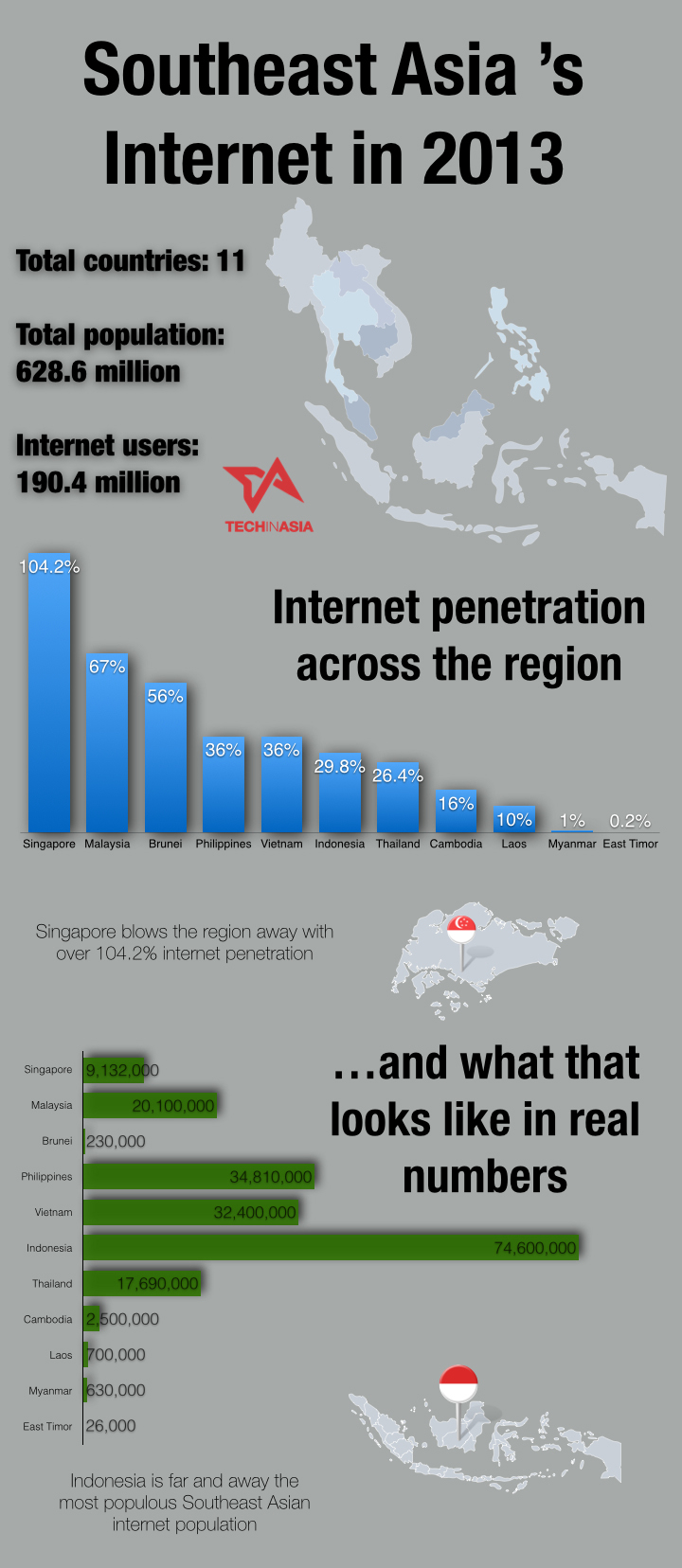Sometimes, success brings its own problems. London’s airports may have managed to grab a considerable chunk of the passenger air market, but the result has been congestion over the south of England and a desperate clamor for new runways. This week, the Thames Estuary Research and Development Company (Testrad) consortium unveiled details of a scheme designed to take the pressure off. Its London Britannia Airport proposal involves building an artificial island in the Thames Estuary near the Isle of Sheppey to provide the capital with a larger airport, which would replace Heathrow.
Problems of building and expanding Heathrow have been around since it was expanded from a small airfield into an RAF base in 1944 and then into the main London air terminal in later decades.
As Heathrow grew into one of the busiest airports in the world, the need for expansion and renovation became paramount, but its location in the heavily built up region west of London made each proposal a hard fought contest against environmentalists, local residents, the National Trust, and even the major political parties. However, the continuing increase in air passenger travel raised the question of expanding London’s air capacity or seeing business going to French, Dutch and German competitor airports.
In 2010, Mayor of London Boris Johnson said: “As the world economy changes and global power shifts to the east, the constrictions of London’s hub airport are becoming ever more apparent and ever more damaging ... to do nothing would lead to economic stagnation … it is vital that a location for extra runway capacity is found for London to remain one of the leading world cities.”
According to the BBC, Johnson, is so outspoken an advocate in favor of an Estuary airport as opposed to expanding Heathrow that the proposed artificial island was dubbed “Boris Island.” It’s a name that has been reinforced by his founding of Testrad to prepare a feasibility of such an airport in the Thames Estuary.
Testrad funds research into the advantages and trade offs of such an airport and was established by Doug Oakervee, former chairman of Crossrail Ltd and Bridget Rosewell, former Chief Economic Adviser to the GLA at the Mayor’s behest.
It’s part of an overall strategy to develop the Estuary and move the economic center of London eastward, which would include improvements in flood defense, the application of wind and tidal power, the development of more extensive crossings of the Estuary by road and rail, and the improvement of shipping and airport facilities.
Built behind a belt of polders to control against flooding, the London Britannia Airport would consist of six runways spreading out from an island of reclaimed land in the shallows of the Estuary. According to Testrad, it would cost £47 billion to build at £7.83 billion per runway, as opposed to £14 to 18 billion to build another runway at Heathrow, and would take seven years to construct.
Once in operation, the airport would provide 24-hour service to 172 million passengers per year, who would go through a check-in in central London before their 30-minute journey to the airport via high-speed rail lines. There would also be rail connections to Gatwick, Stansted, and Heathrow, as well as docking facilities for international and domestic ferry lines.
Inside the airport would be a multi-use terminal with conference facilities, museum outposts, sleeping pods and shopping. In addition, there would be lounges on all passenger tiers, and views of the Thames Estuary for a “resonant and memorable interior terminal environment.”
The proposal lays out the advantages of the airport as providing better connections to Europe, British regional cities, and London itself. In addition to shifting the economic center of the metropolis to the less developed east, Testrad says that it would create 200,000 new jobs through direct and indirect new employment, and service and engineering industry spin-offs.
As to the the airport itself, Testrad claims that the Estuary location would have low environmental impact as a “blue-greenfield site” that would require no land assembly, would not be subject to planning delays, would have minimal impact on birds, and wouldn't need industries or homes to move. In addition, the shift in air traffic would mean no more noisy flyovers of London or the Southeast.
Source: Gizmag

